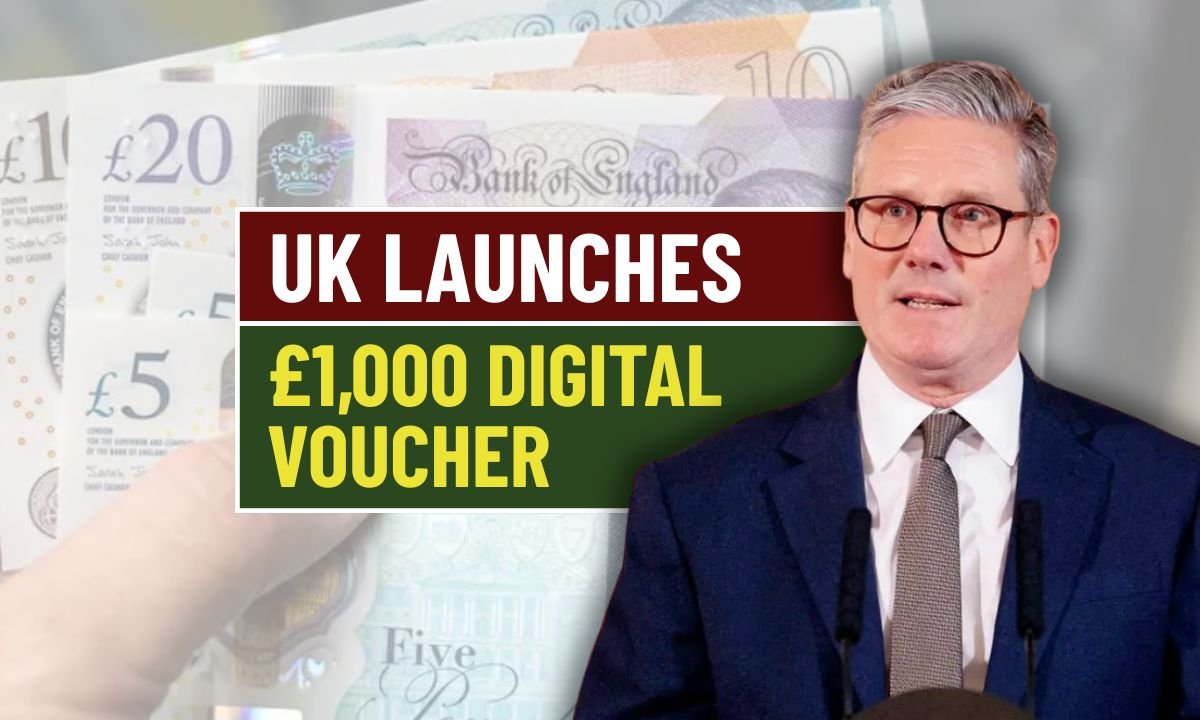In a significant step to combat digital inequality, the UK government has unveiled a new £1,000 Digital Inclusion Voucher scheme in 2025. This initiative is designed to help low-income households gain access to high-speed internet, essential digital devices, and online learning resources. With the increasing reliance on technology in education, work, and healthcare, the digital gap has become more pronounced, especially among disadvantaged communities.
The goal of this program is to ensure that every child and adult has the tools to participate fully in the digital economy. Whether it’s remote learning, job searching, or virtual GP appointments, the lack of reliable internet access has been a major barrier for millions. This voucher aims to eliminate that hurdle by providing financial assistance to cover digital essentials.
Who is Eligible and How to Apply
The voucher is available to households earning less than £30,000 annually, including single-parent families, benefit recipients, and pensioners. Applicants must not already have access to high-speed internet or own up-to-date digital devices suitable for remote education or work.
Families can apply through the Department for Digital, Culture, Media & Sport (DCMS) website or local libraries, where support staff are available to assist with applications. Once approved, households can redeem the voucher for fibre broadband installation, laptops or tablets, and preloaded data plans from partnered providers. The program streamlines distribution through partnerships with major UK telecom and electronics retailers.
Supporting Education and Economic Mobility

The impact of digital exclusion has been particularly severe for children in under-resourced areas. Without adequate devices or internet access, many students fell behind during the pandemic and continue to struggle with homework and online learning platforms. The £1,000 voucher provides critical relief, enabling students to learn and thrive without added stress. Beyond education, adults in these households also benefit. The voucher allows unemployed individuals to access job portals, attend online training, and even work from home. This not only enhances employability but fosters greater independence and reduces reliance on state support over time.
Closing Gaps Across Urban and Rural Areas
While digital inequality is often associated with cities, rural communities also face significant barriers, especially when it comes to infrastructure. This program includes special provisions for remote regions, where lack of fibre-optic coverage has long been an issue. Installation incentives are being offered to internet service providers to expand access to these hard-to-reach areas. In collaboration with local councils, pop-up tech hubs and mobile digital classrooms are also being launched, where families can learn digital skills while waiting for home setups to be completed. This dual approach ensures that both access and ability are improved simultaneously.
A Long-Term Investment in a Digital Future
The government sees this £1,000 voucher not merely as a temporary fix, but as part of a larger mission to build a digitally inclusive society. By giving families the tools to succeed in an increasingly digital world, the scheme addresses structural inequality while stimulating the economy. Early pilot rollouts have shown promising results, with over 80% of participants reporting improved access to services and education. Ministers have hinted at potential expansions to include digital literacy training and maintenance support in future phases. The Digital Inclusion Voucher is an investment in both opportunity and dignity for millions of UK residents.

